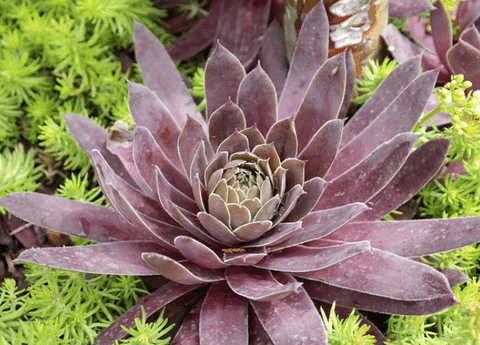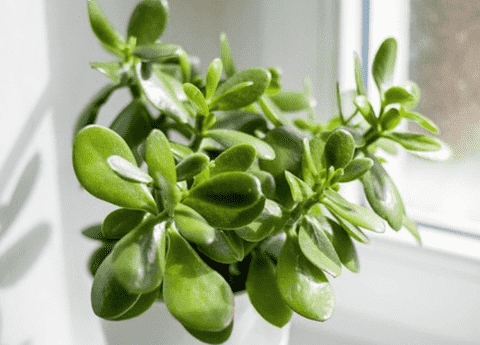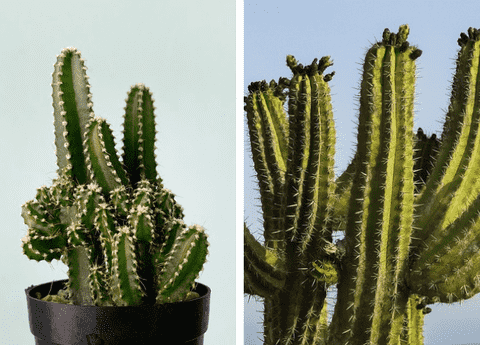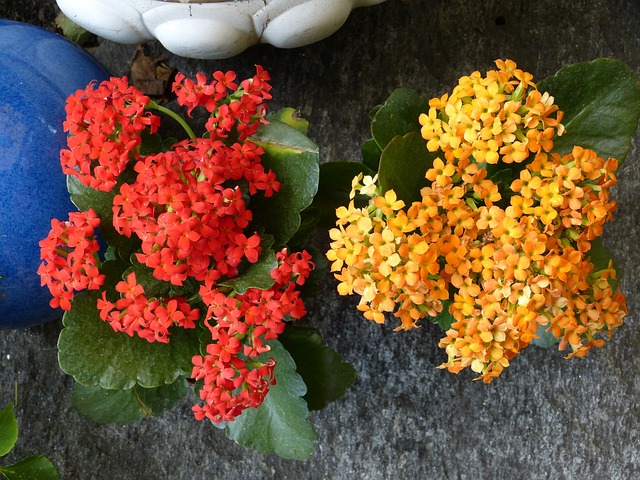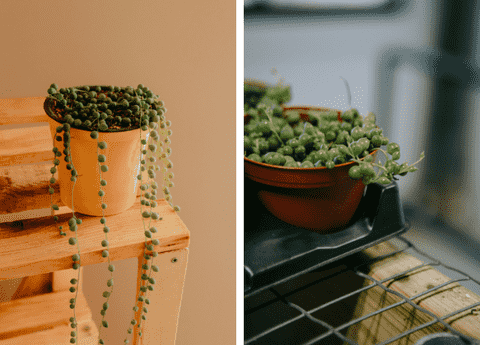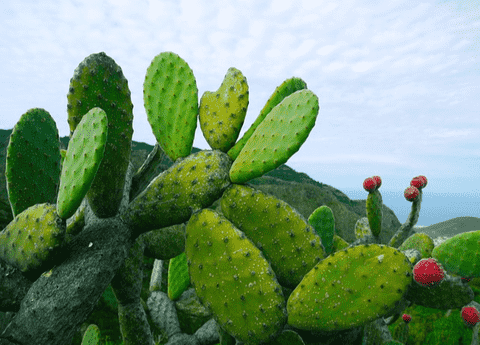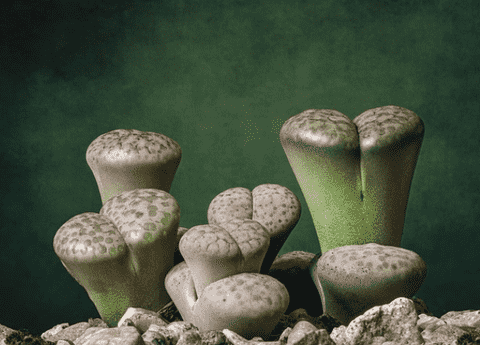Hens and Chicks Guide: Everything You Need to Know About Sempervivum Plant Care
Hens and Chicks, scientifically known as Sempervivum, are a popular choice among gardeners and succulent enthusiasts due to their striking appearance and low-maintenance nature. These resilient plants, often referred to as “live forever” plants, thrive in a variety of conditions, making them perfect for homeowners seeking attractive yet easy-to-care-for greenery. In this Hens and Chicks guide, we will delve into the essentials of Sempervivum plant care, offering practical tips on how to grow Hens and Chicks successfully. Whether you’re a seasoned gardener or a novice in the world of succulents, this comprehensive guide will equip you with everything you need to know about growing Sempervivum.
Introduction to Hens and Chicks
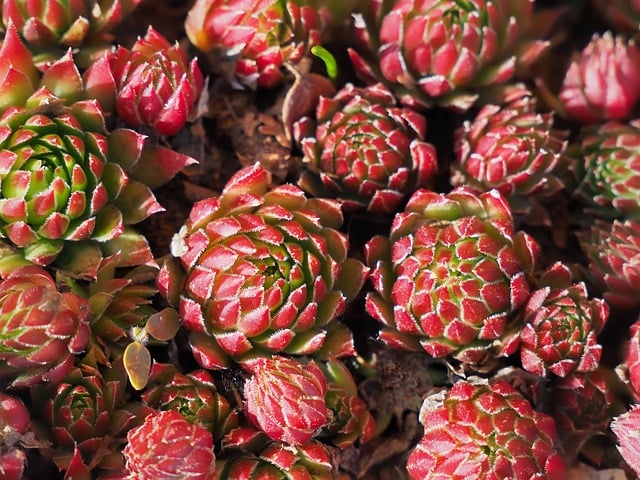
What Are Hens and Chicks?
Hens and Chicks, or Sempervivum, are a type of succulent known for their rosette shape and ability to produce numerous offsets or “chicks.” The “hen” is the main plant, while the “chicks” are the smaller offshoots that surround it. These plants are native to mountainous regions of Europe and Africa, which equips them with a natural resilience to harsh conditions. Their name, Sempervivum, means “always alive” in Latin, highlighting their hardy nature. This makes them ideal for gardeners looking for low-maintenance succulents. Their vibrant colors and unique forms add visual interest to any garden or indoor space. Additionally, Hens and Chicks can grow in soil with poor fertility, making them versatile in various environments. Understanding what Hens and Chicks are will help you appreciate the simplicity of Sempervivum plant care.
Popular Varieties of Sempervivum
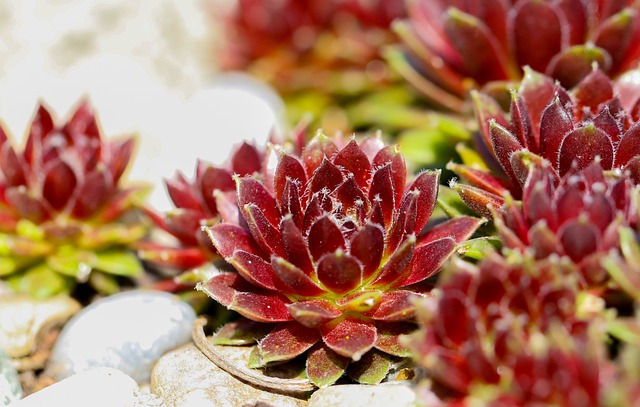
There are numerous varieties of Sempervivum, each offering unique colors and patterns that can enhance your garden’s aesthetic. Some popular varieties include Sempervivum tectorum, known for its green rosettes with red tips, and Sempervivum arachnoideum, which features spider-web-like threads across its leaves. Sempervivum ‘Commander Hay’ stands out with its deep red rosettes, while Sempervivum ‘Pacific Blue Ice’ showcases a stunning bluish hue. Another favorite is Sempervivum ‘Oddity,’ which has tubular leaves that give it a distinct appearance. These varieties not only add diversity to your plant collection but also ensure that your garden remains vibrant throughout the year. Whether you prefer the classic look of Sempervivum tectorum or the unique appearance of Sempervivum ‘Oddity,’ there’s a variety to suit every taste. Familiarizing yourself with these popular varieties will make your journey into growing Sempervivum even more rewarding.
Benefits of Growing Sempervivum
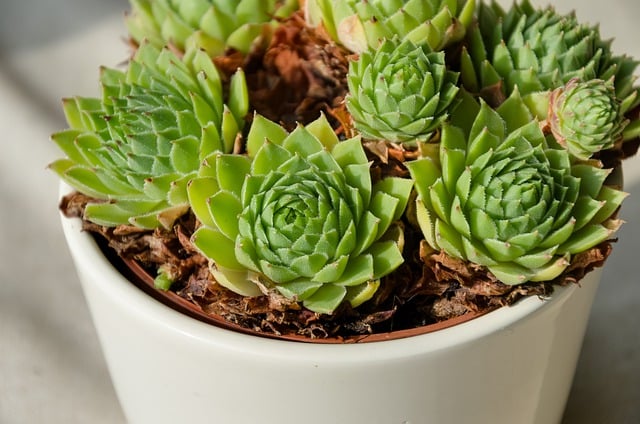
Growing Sempervivum, or Hens and Chicks, offers several benefits that make them a favorite among gardeners. Firstly, they are incredibly low-maintenance succulents, requiring minimal watering and care, which is perfect for busy homeowners or those new to gardening. Their drought-resistant nature means they can thrive in various environments, from rock gardens to containers on your patio. Additionally, Sempervivum plants are hardy and can withstand temperatures as low as -30°F, making them suitable for diverse climates. They also have a natural ability to purify the air, enhancing the indoor environment if grown inside. Another benefit is their ability to propagate quickly through offsets, allowing you to expand your collection effortlessly. The vibrant colors and unique rosette shapes add aesthetic value to any garden or indoor space. Overall, the benefits of growing Sempervivum include ease of care, versatility, and visual appeal, making them an excellent choice for any gardener.
Essential Sempervivum Plant Care Tips
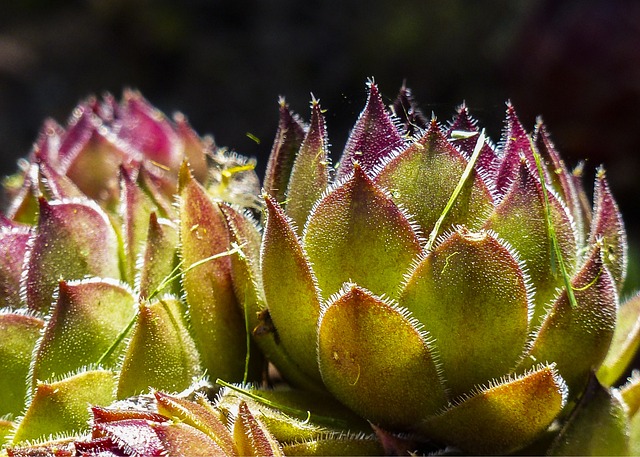
Choosing the Right Soil
Choosing the right soil is crucial for the successful growth of Sempervivum plants. These low-maintenance succulents thrive in well-draining soil, which prevents root rot and other moisture-related issues. A gritty soil mix, often used for cacti and succulents, is ideal. You can create your own mix by combining regular potting soil with coarse sand, perlite, or pumice. This ensures that excess water can drain away quickly, keeping the roots dry and healthy. Avoid using heavy clay soils or garden soils that retain too much moisture, as these can be detrimental to the plants. If you’re planting Hens and Chicks in a container, ensure it has drainage holes to allow excess water to escape. Proper soil selection not only promotes healthy growth but also reduces the need for frequent watering. By choosing the right soil, you set a strong foundation for thriving Sempervivum plants.
Watering Guidelines for Succulents
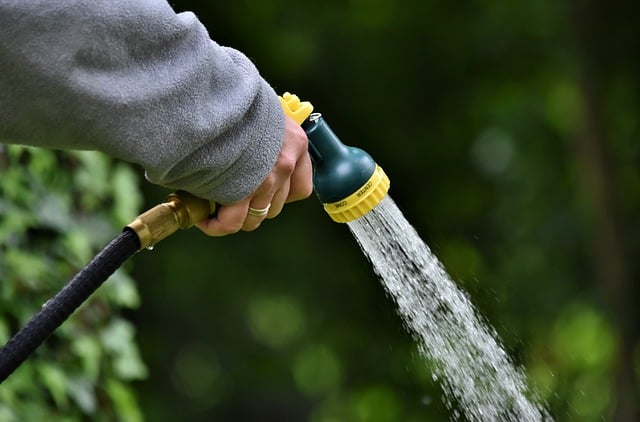
Watering Sempervivum, like other succulents, requires a balanced approach. These plants are drought-tolerant and prefer less frequent watering. The key is to ensure the soil dries out completely between waterings. Overwatering is a frequent error that can result in root rot and various other problems. During the growing season, typically spring and summer, water your Hens and Chicks thoroughly but infrequently, approximately once every two weeks.In contrast, reduce watering significantly in the winter months when the plants enter a dormant phase. Always water at the base of the plant to avoid wetting the leaves, which can cause rot. Using a watering can with a narrow spout can help direct water precisely. Remember, it’s better to be underwater than overwater Sempervivum. By following these watering guidelines, you can ensure the healthy growth and longevity of your low-maintenance succulents.
Ideal Light Conditions for Growth
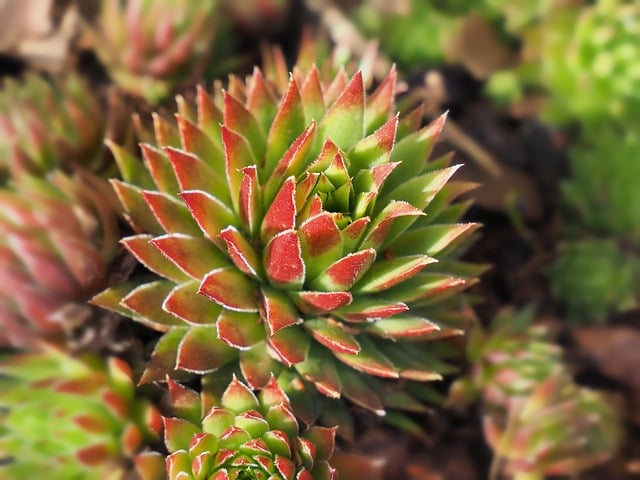
Sempervivum plants thrive in bright light conditions, which are essential for their growth and vibrant coloration. Ideally, they should be placed in an area that receives at least six hours of full sun each day. For outdoor planting, choose a sunny spot in your garden, such as a rockery or a well-draining bed. If you’re growing Hens and Chicks indoors, place them near a south-facing window where they can get ample sunlight. However, be cautious of intense afternoon sun, especially in hotter climates, as it can scorch the leaves. In such cases, some light shading during peak hours can help. If natural light is insufficient, consider using grow lights to provide the necessary illumination. Adequate light not only supports healthy growth but also enhances the plants’ colors and shapes. Ensuring your Sempervivum receives the ideal light conditions will help you achieve a thriving, attractive succulent garden.
Common Issues and Solutions
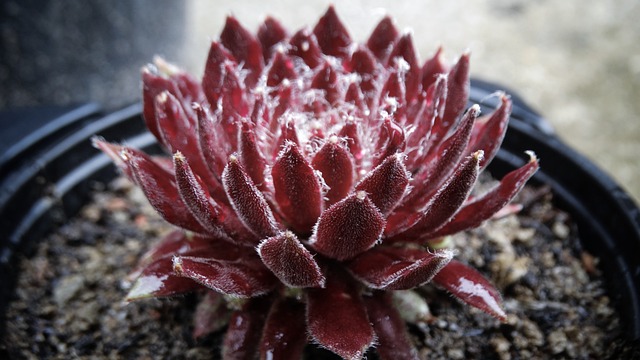
Pests and Diseases
Sempervivum plants are generally hardy and resistant to many pests and diseases, but they are not entirely immune. Common pests that affect Hens and Chicks include aphids, mealybugs, and spider mites. These pests can cause damage by sucking the sap from the leaves, leading to wilting and discoloration. To combat these pests, use insecticidal soap or neem oil, and ensure good air circulation around the plants. Root rot is a frequent problem, often resulting from overwatering or inadequate drainage. This fungal disease can be prevented by using well-draining soil and allowing the soil to dry out between waterings. Additionally, watch for signs of mold or mildew on the leaves, which can be a result of excessive moisture. Regularly inspect your plants for any signs of pests or diseases to catch problems early. Addressing these issues promptly will help maintain the health and beauty of your Sempervivum plants.
Troubleshooting Growth Problems
Troubleshooting growth problems in Sempervivum plants often involves identifying and addressing issues related to their environment and care. One common problem is etiolation, where the plant becomes leggy and pale due to insufficient light. To solve this, move your Hens and Chicks to a brighter location that provides at least six hours of sunlight daily. If your plant’s leaves are turning brown or mushy, overwatering is likely the culprit. Adjust your watering schedule to ensure the soil dries out completely between waterings, and check that your container has adequate drainage. Yellowing leaves can indicate nutrient deficiencies, though Sempervivum plants usually require minimal fertilization. A balanced, diluted fertilizer applied sparingly during the growing season can help. Another issue could be poor soil quality; ensure you are using a well-draining, gritty mix suitable for succulents. By addressing these common growth problems, you can maintain the health and vigor of your Sempervivum plants.
Seasonal Care Adjustments
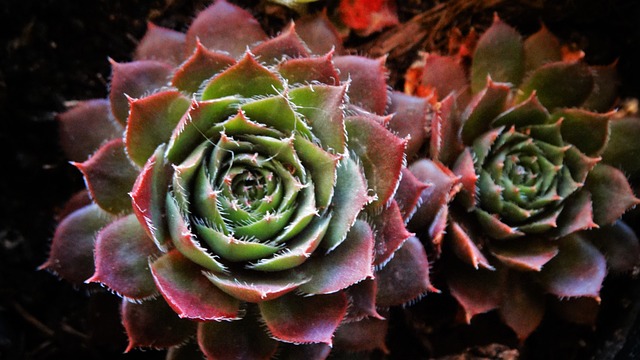
Seasonal care adjustments are essential for ensuring that your Sempervivum plants thrive year-round. During the spring and summer, when the plants are actively growing, they require more sunlight and slightly more frequent watering. Ensure they receive at least six hours of direct sunlight daily and water them thoroughly but allow the soil to dry out between watering sessions. In the fall, as temperatures cool, begin to reduce watering. Winter is a period of dormancy for Sempervivum, so they need minimal water—just enough to prevent the soil from becoming bone-dry. Protect your plants from excessive moisture by ensuring good drainage, especially if they are planted outdoors. If you’re in a region with harsh winters, consider providing some protection, like a frost cloth, to shield them from extreme cold. By making these seasonal care adjustments, you help your Hens and Chicks adapt to changing conditions, promoting their health and longevity.

